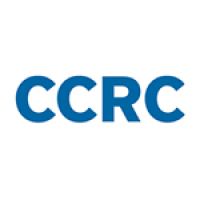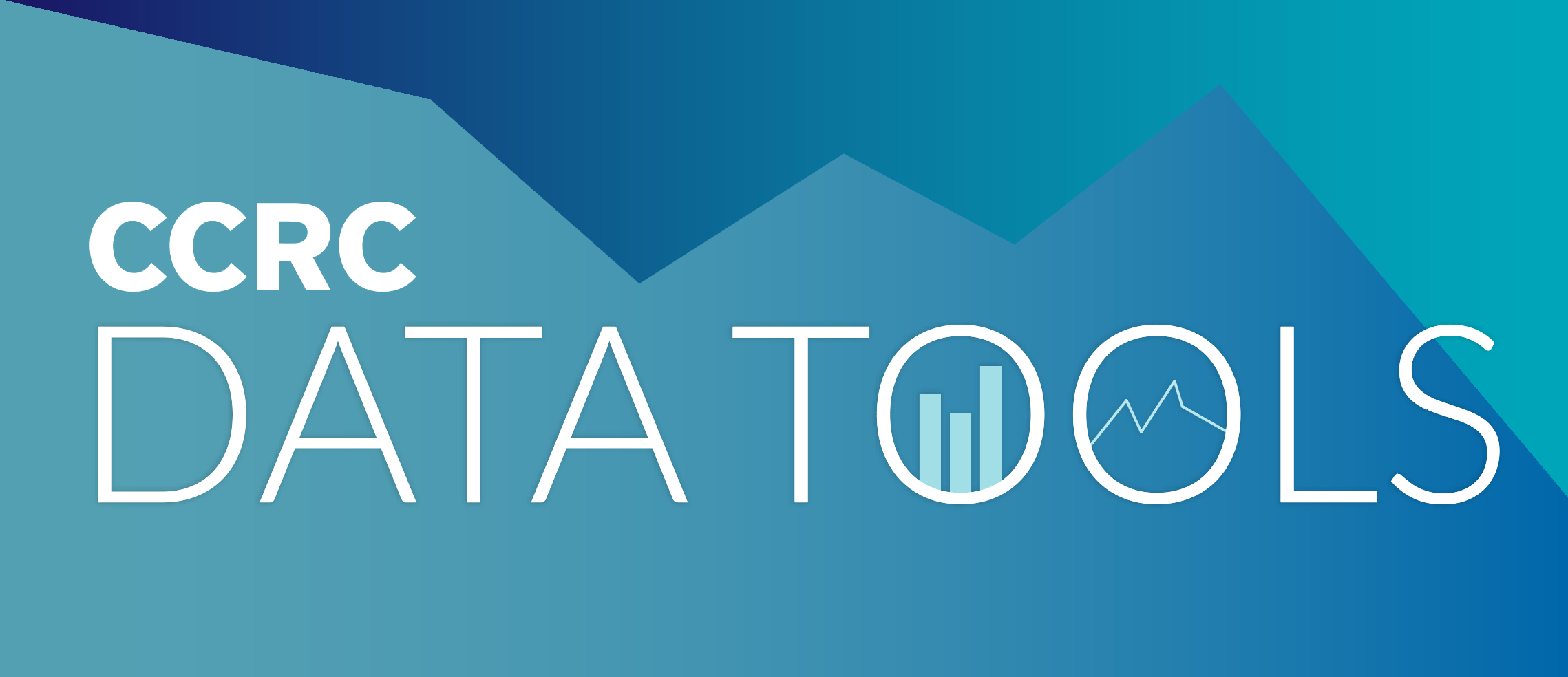By John Fink and Davis Jenkins
As high school dual enrollment (DE) continues to expand across the country, an increasing number of students are taking their early college coursework online. The growth of online DE offerings mirrors the rapid increase in online coursework in higher education generally, and particularly at community colleges, which provide 70% of DE nationally. In some states, including Georgia, Ohio, and Texas, a third or more of all DE courses are delivered online in both synchronous and asynchronous formats. While this expansion addresses vexing barriers to access that are particularly challenging for rural and underserved high schools, college and K-12 leaders should proceed with caution given what we know about how students fare in online courses. The good news is that there are clear strategies for implementing online DE courses in a way that mitigates the risk of sacrificing course quality for access.
Online courses solve logistical challenges for both schools and students. Nationally, DE courses are most often taught at high schools by high school instructors who must meet college faculty credentialing requirements—often a master’s degree or 18 graduate credit hours in the discipline. However, in many communities, there simply aren’t enough qualified instructors to meet the surging demand for DE courses. In other cases, students have to travel to the college to take DE courses, but transportation and scheduling barriers make this impractical for too many.
The Risks of Online Learning
Despite the logistical advantages that online DE offers, research on the impacts of online learning in community colleges paints a complicated picture of its effects, pointing to a need to balance online and in-person learning and to provide adequate supports for online learners. Students who take all their courses online are less likely to succeed than those who take just some courses online, and Black, Hispanic, and low-income students have lower rates of college degree completion when they take courses primarily online. This may be at least in part because online-only students are less likely to experience active or collaborative learning and have fewer opportunities to interact with faculty and other students—factors we know from research are essential to student learning. Fieldwork conducted by CCRC shows that faculty find it challenging to teach their students in online classes because students are often less engaged and excited to learn due to their isolation in the online environment.
For DE students—who are often getting their first exposure to college—poorly delivered online courses risk having the opposite of their intended effect. The risk is particularly high in asynchronous (e.g., at-your-own-pace) online coursework—which is widespread among online course offerings, dual enrollment included. Rather than lighting the fire for college learning, these courses may leave students feeling disengaged and discouraged. High school students in DE, like many new college students, are still developing the self-regulation and study skills needed to succeed in college coursework. The absence of structured, in-person or live synchronous teaching and academic support in online DE courses runs the risk of turning students off of college or, even worse, setting them up for failure early on in their college journey.
To learn more about how college and high school partners are working to implement higher-quality online dual enrollment offerings, register for an upcoming webinar from the dual enrollment program accreditor, the National Alliance of Concurrent Enrollment Partnerships (NACEP).
Strategies for Higher Quality Online Dual Enrollment
Given these concerns, institutions need to be deliberate in designing and implementing online DE courses to ensure student success. In our fieldwork at colleges and high school partners with strong outcomes for DE students, we observed a distinct set of strategies for higher quality synchronous (e.g., live virtual) online courses, described below. We have not observed asynchronous online instruction implemented in such a way that it actively engages students in learning and thus helps build students’ confidence as college learners. Therefore, we remain skeptical about fully asynchronous online DE courses, which educators have told us are helpful only for extremely motivated and self-disciplined high school students.
For live, synchronous online DE coursework, here are four strategies that are designed to promote high-quality learning experiences:
- Structured support at high schools: Successful DE programs provide dedicated time and space during the school day for students to complete online coursework. Some schools “cohort” students together in study halls where they can work on their online courses, while others schedule synchronous online class meetings during the school day to ensure engagement.
- In-person facilitators: Another key strategy is assigning a high school staff member to provide in-person support while students are taking their online DE coursework. This is typically a high school teacher or teaching aid (ideally with related subject-matter expertise) tasked with supporting students during the periods when students take their online DE courses. While these individuals may not meet the credentialing requirements to be the college instructor of record, they play a key role as supplemental instructors who help answer questions and keep students on track and engaged with course materials.
- Online instructional strategies: Research shows that the quality of online instruction depends heavily on how faculty structure interaction. Faculty who actively foster classroom interactions—encouraging students to introduce themselves, form study groups, and participate in discussions—create a more engaging online learning experience.
- Supplementing online courses with in-person visits: Even the best-taught online courses miss out on some of the benefits of taking a DE course on the college campus, such as in-person faculty interaction and exposure to the campus. To supplement the online DE course experience, colleges can support faculty to periodically visit partnering high schools to connect in person with students. And colleges and their K-12 partners can organize visits to the college with transportation provided, offering students opportunities to connect with faculty and other students on campus. Ideally, these visits include campus tours, seminars, field trips, labs, or other active learning experiences for students.
As online dual enrollment continues to grow, colleges and their K-12 partners must consider not only the logistical challenges it can address but also the potential pitfalls of not implementing it well. While online DE can broaden access, research on online college coursework generally raises concerns about online DE as a strategy for expanding attainment—particularly among learners who are new to college. Colleges and their K-12 partners should be sure that their online DE offerings include structured, in-person supports and active engagement and learning opportunities. By prioritizing student engagement, high-quality instruction, and thoughtful programmatic design, colleges can help ensure that online DE prepares students for postsecondary success rather than leaving them disengaged and discouraged.





